December 16, 2025
Eden vs. Reality: The True Story of Floreana’s Ecological Drama
Read the full ecological story of Floreana Island in the Galápagos from the early settlements to today.
Published on
April 4, 2024
Written by
Island Conservation
Photo credit
Island Conservation

Bird poop, or guano, is sometimes called white gold. It’s so rich in nutrients that entire economies are built on harvesting it–but it builds environments, too. After they spend time hunting and eating at sea, birds bring those healthy nutrients back to islands in the form of their guano, helping healthy plants grow. The nutrients wash off the land, too, building up near-shore ecosystems such as reefs and kelp forests. Guano can even help protect vulnerable islands from climate change.
That’s right–bird poop is the foundation of healthy island environments. But the birds are in trouble. Harmful, invasive species make islands around the world unsafe for birds to breed and rest, and this interruption has cascading effects that can destroy the entire environment. At Island Conservation, we’re focused on holistically restoring these islands so that these ecosystems can flourish again.

Conservation has good reason to focus on islands. Islands have seen the highest numbers of extinctions in our modern age, and today are home to almost 40% of all animals known to be critically endangered. Shockingly, invasive species are linked to 86% of these extinctions. The removal of invasive species from islands is a proven tool for preventing extinctions.
30 years ago, two professors from the University of California, Santa Cruz – Bernie Tershy and Don Croll – took this idea and ran with it: We can save extraordinary diversity of life from disappearing forever by addressing a primary threat – invasive species.
Now, almost three decades and hundreds of success stories later, we are continuing the work that the small but mighty team started. And along the way, we noticed the window we opened up for connector species to shine.
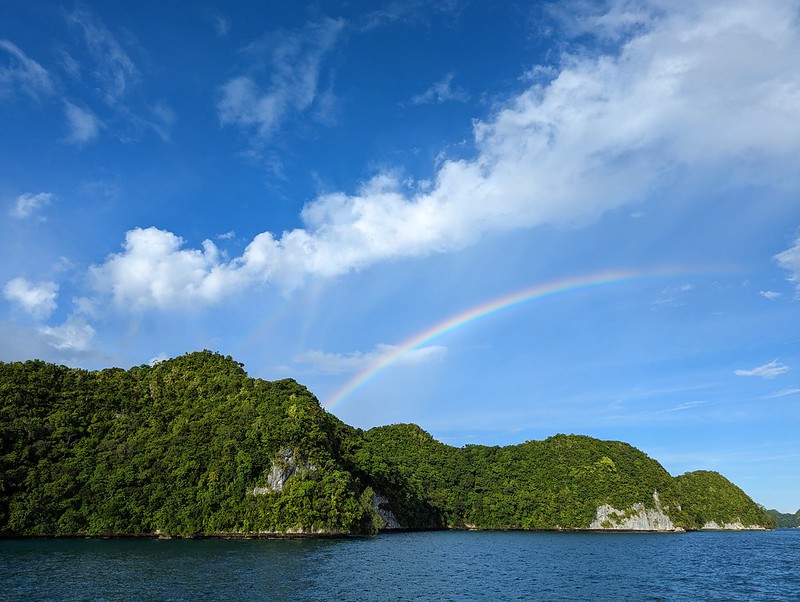
We know that islands support some of the most valuable ecosystems on Earth, with a disproportionate amount of rare plants, animals, communities, and cultures found nowhere else. But healthy island-ocean ecosystems depend on a flow of nutrients in a process that connector species (like seabirds and seals) help facilitate. For example, research shows that islands with high seabird populations that feed in the open ocean and bring large quantities of nutrients to island ecosystems through guano deposits are associated with larger fish populations, faster-growing coral reefs, and increased rates of coral recovery from climate change impacts.
However, many seabird species have been driven to local or global extinction (or near-extinction) due to invasive non-native mammals, such as rats. The consequence when we lose these connector species is often an ecosystem collapse – both on land and in the sea. This is how we address the root cause of the issue, you know – fixing the leak, not changing the bucket – and it is why Island Conservation offers one of the largest returns on investment in the environmental space.
On Palmyra Atoll, we found a 5000% increase in native trees after the removal of invasive rats. On Pinzón Island in the Galápagos, the Giant Tortoises returned to nest after more than 150 years. And on many islands where invasive species ravage the local food supply, restoration efforts rebuild food security.

Bird-lover, novelist, and Island Conservation supporter Jonathan Franzen once said:
“If you care about endangered species, there’s no bigger bang for your buck than island restoration, and Island Conservation is the world leader in this crucial work.
Money given to intelligently targeted conservation groups, such as Island Conservation, produces immediate, concrete, and lasting results. If you want to do something for biodiversity, this is how you do it. The need is urgent, and the goals are achievable.”
If you want to make a big change toward a healthier planet, this is it – and donating to Island Conservation is how you can make it happen.
We have some big things in the works that we have laid out for 2024 and beyond. Help us take flight as we hit our 30th year by donating today! We recently were awarded a 100% rating on Charity Navigator, indicating our organization is using its donations effectively, allowing you to give with confidence. If you are searching for another way to support the work of Island Conservation, such as gifts of stock, employer matching gifts, cryptocurrency or non-cash gifts, you can find your path here!
Thank you for helping securing a future for the animals and people that depend on islands worldwide. Together, we are building bright spots of thriving healthy ecosystems across the globe.

Check out other journal entries we think you might be interested in.
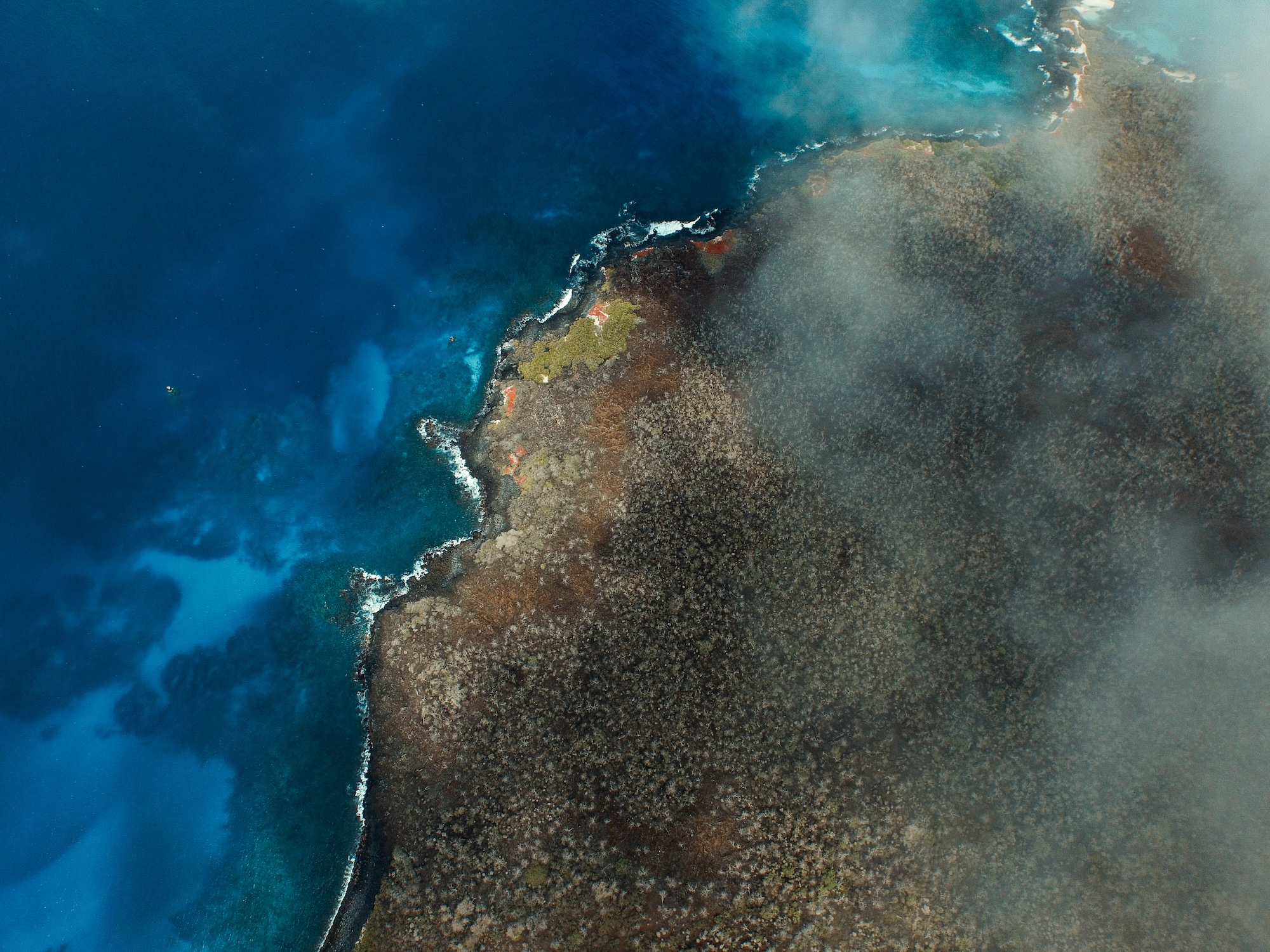
December 16, 2025
Read the full ecological story of Floreana Island in the Galápagos from the early settlements to today.
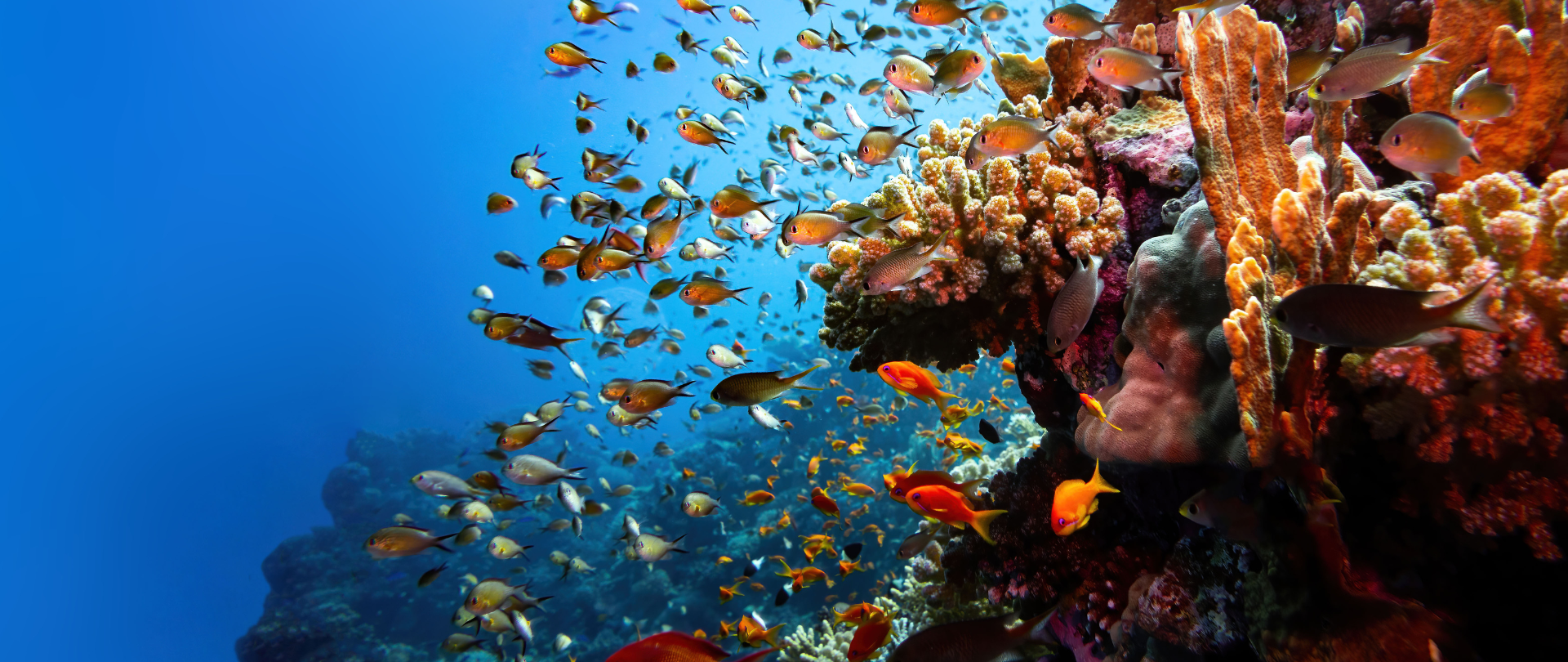
December 4, 2025
A new study reveals how seabirds, connector species between land and sea, play a huge role in the health of coral reefs!
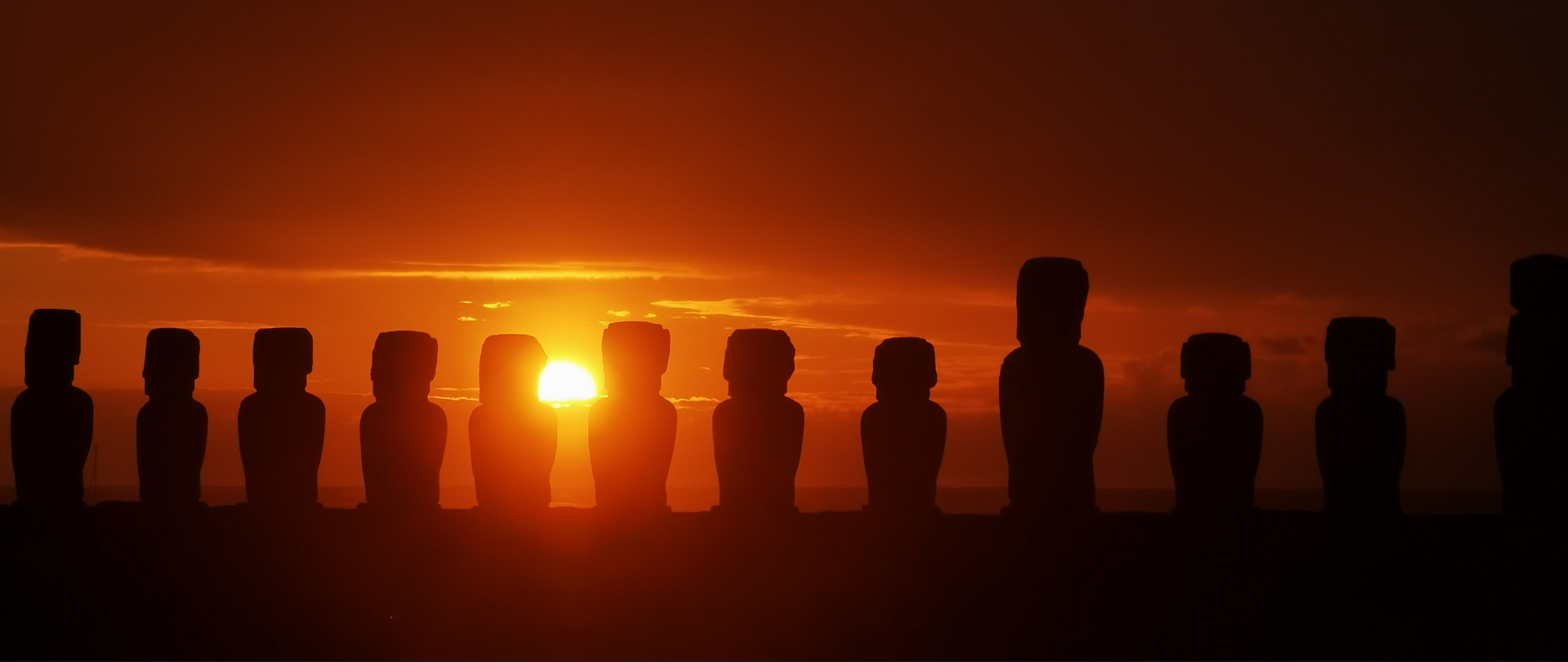
November 25, 2025
A new scientific paper is changing the way we understand Rapa Nui (Easter Island)'s ecological history!
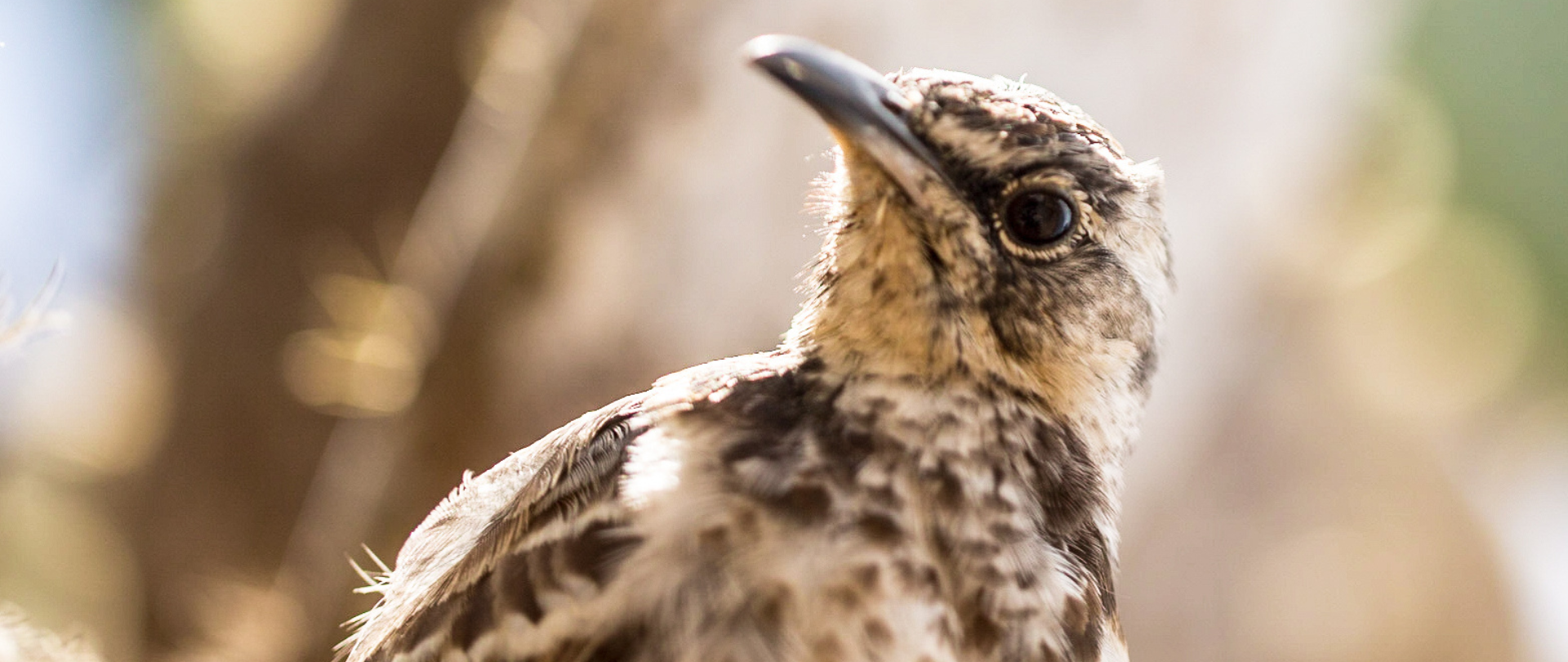
November 21, 2025
Holistic restoration is at work on Floreana Island, where the largest conservation project in the history of the Galápagos is underway!
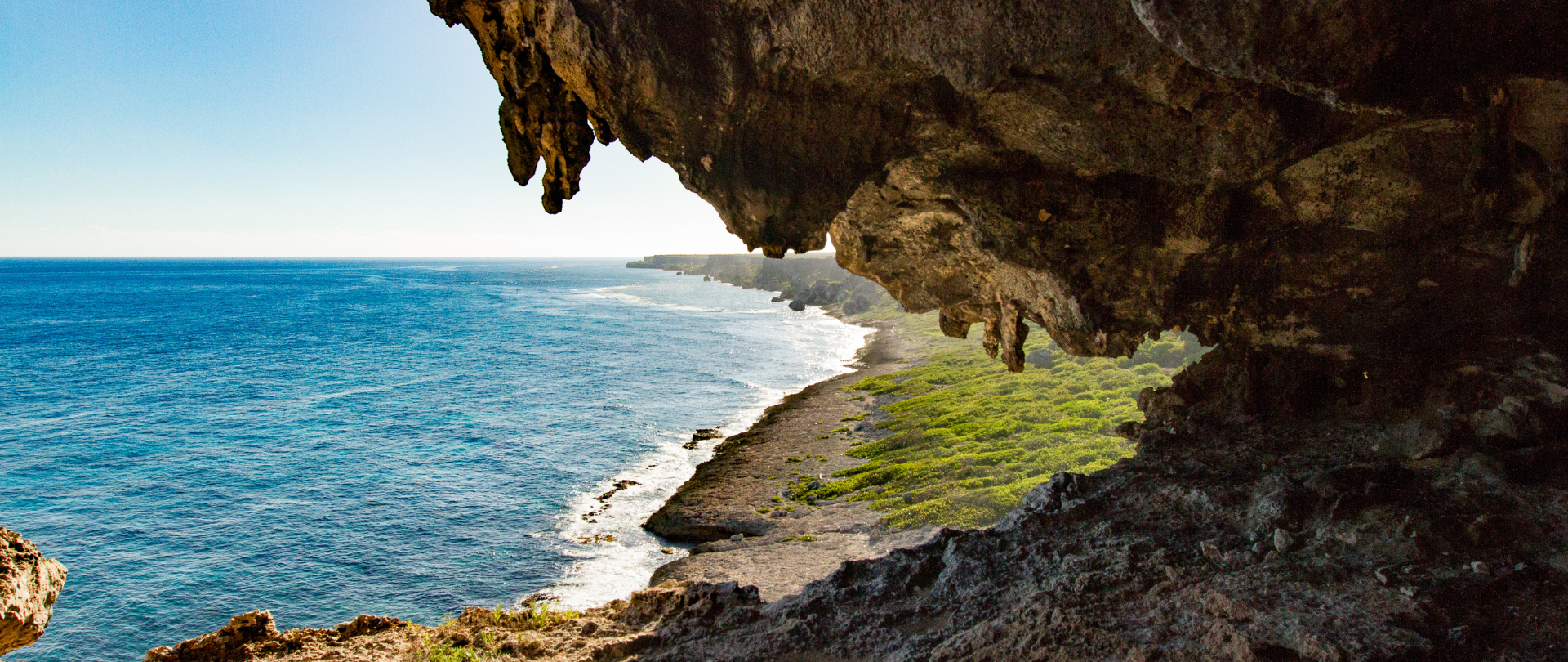
October 30, 2025
Our proposal for a United Nations-sanctioned Decade of Island Resilience spotlights the power of global small islands!

October 29, 2025
Astounding evidence of recovery on Ulong Island in Palau after just one year!
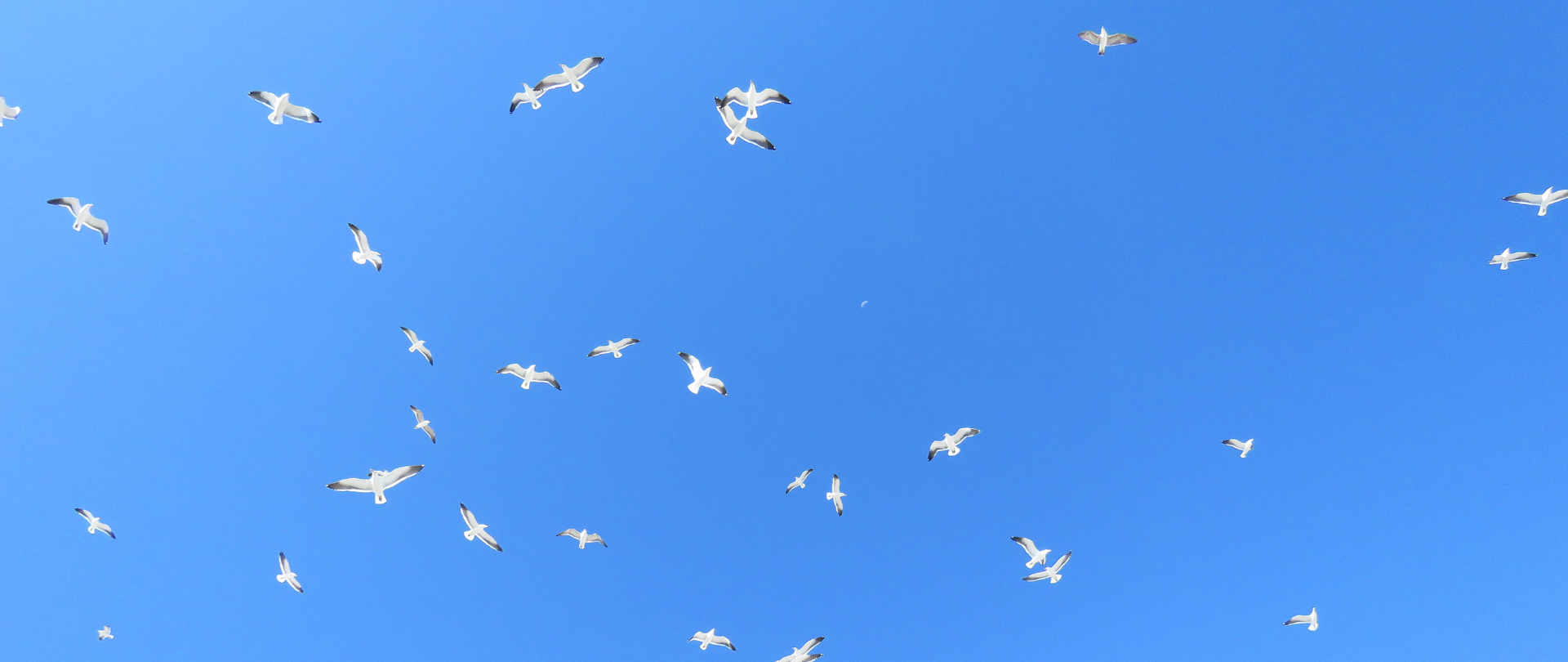
October 26, 2025
A new study shows the power of seabirds to drive entire ecosystems by circulating nutrients between land and sea!
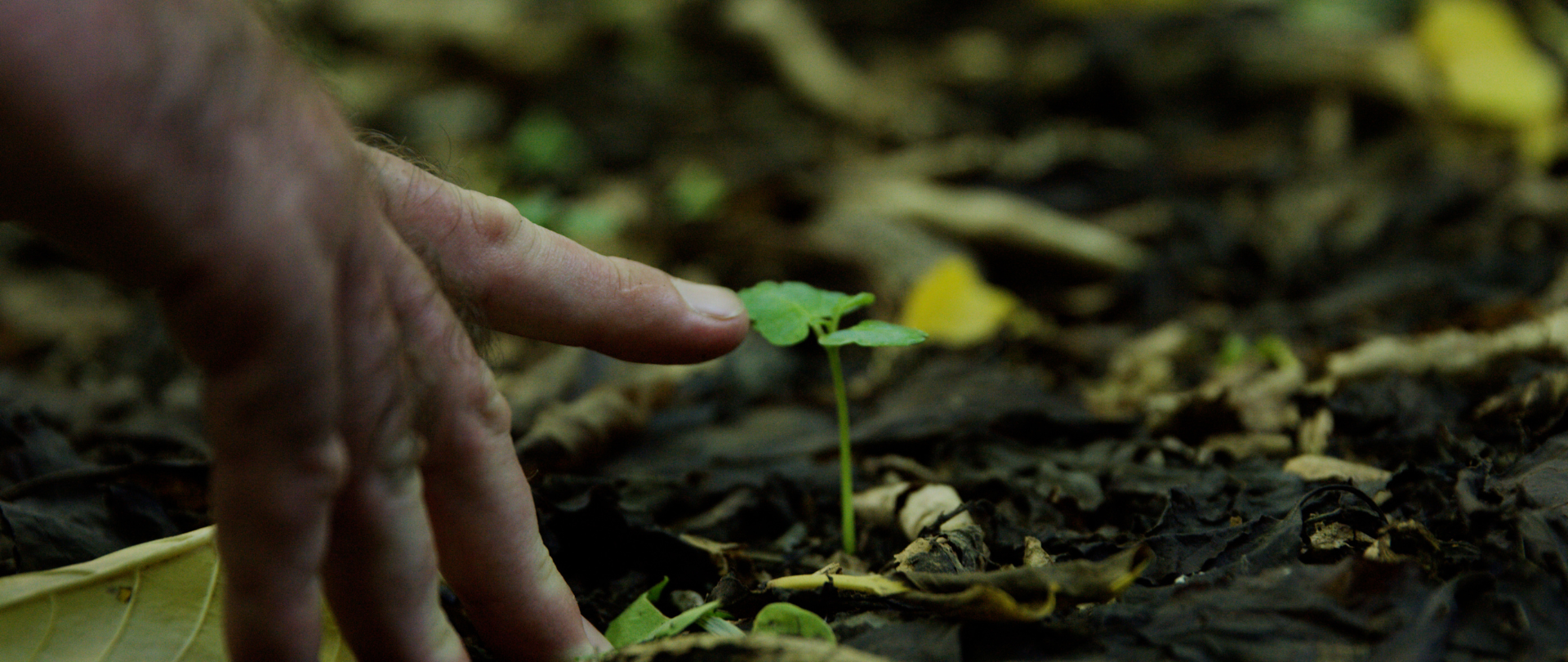
September 30, 2025
Astonishing results from our work to restore sites in the Republic of the Marshall Islands, boosting climate resilience and ocean health!
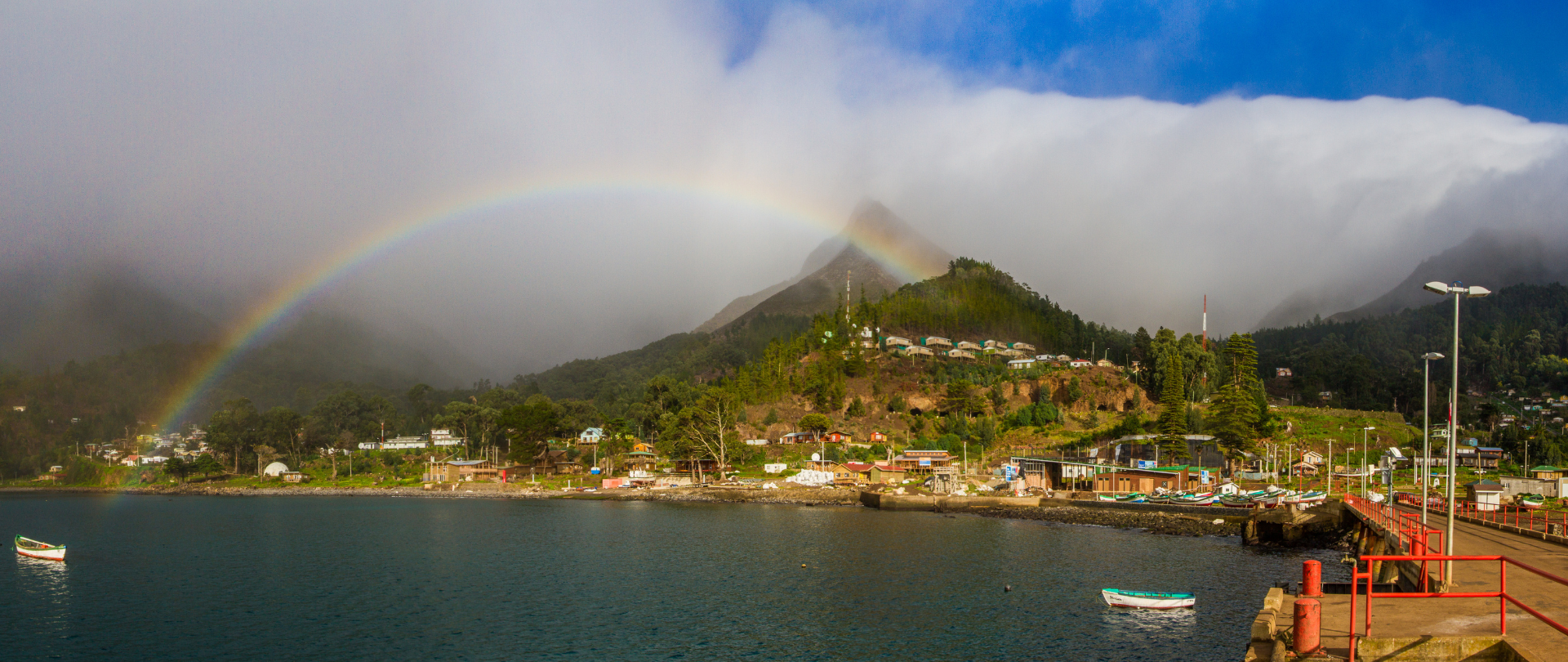
September 12, 2025
How can you make the maximum impact on the planet with your donation? Some conservation actions are most cost-effective than others!
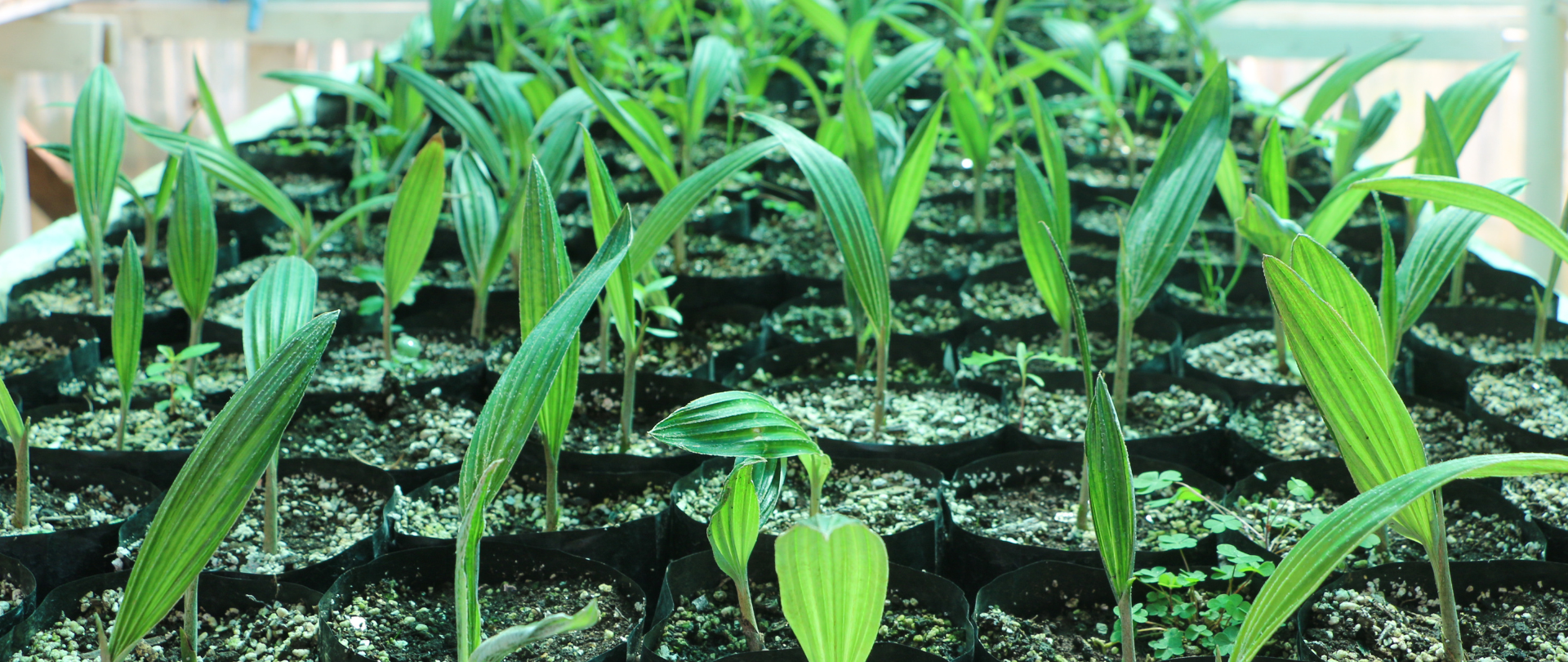
September 4, 2025
Incredible collaboration and success in the Juan Fernández Archipelago, with thousands of threatened trees benefiting from bold conservation action!